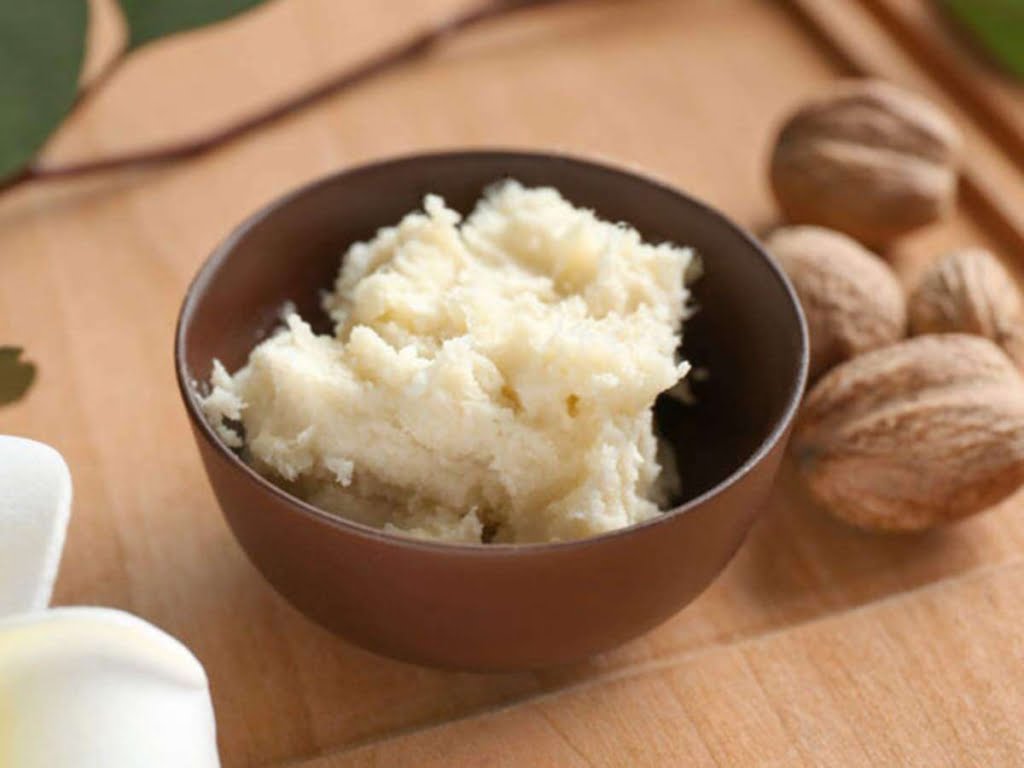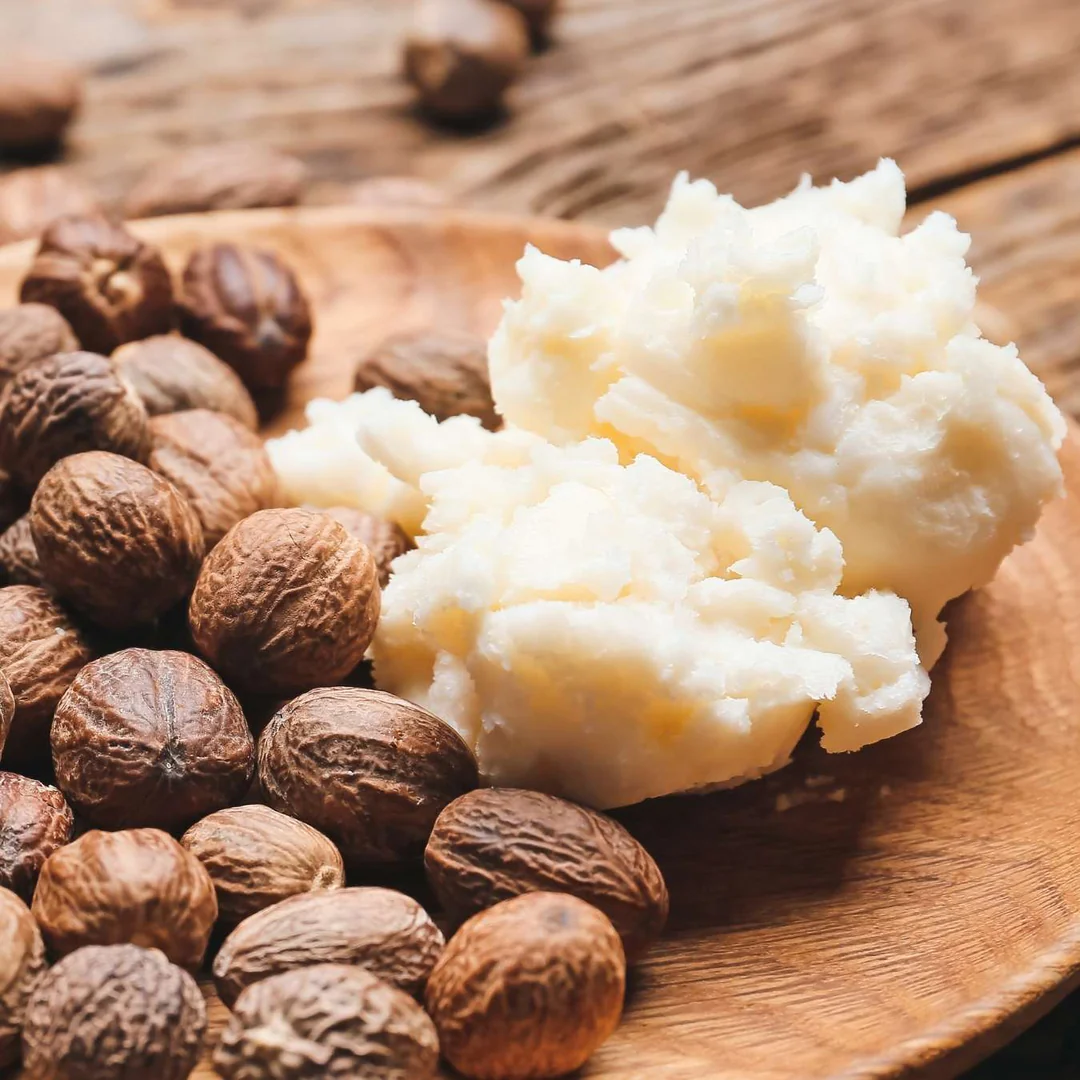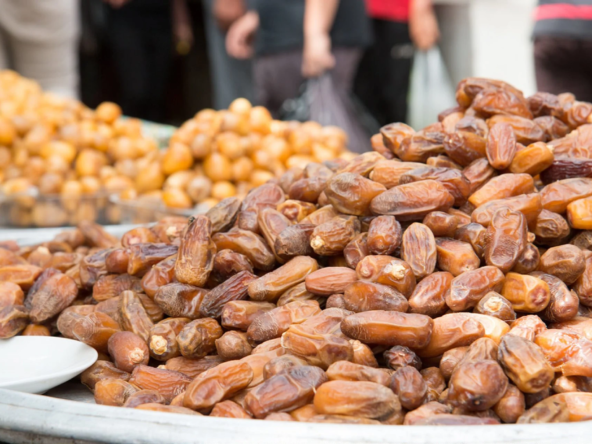Shea butter, often referred to as “women’s gold,” is a treasured natural product derived from the nuts of the shea tree (Vitellaria paradoxa), native to Africa. Valued for its moisturizing properties and versatility, shea butter is a key ingredient in skincare, haircare, and even culinary recipes. Have you ever wondered how shea butter is made? This article takes you through both traditional and modern methods of shea butter extraction, shedding light on this fascinating process.
The Traditional Method of Shea Butter Production
The traditional method has been used for centuries, passed down through generations, and relies on manual labor and natural processes. Here’s how it’s done:
1. Harvesting the Shea Nuts
- Shea trees produce fruit that contains a nut inside. These fruits are collected during the harvesting season, typically between May and August.
- After harvesting, the outer pulp of the fruit is removed to reveal the shea nut.
2. Drying the Nuts
- The nuts are sun-dried to reduce their moisture content, which prevents spoilage. This process can take several days, depending on the weather.
3. Cracking and Roasting
- Once dried, the nuts are cracked to separate the kernels from the shells. This is often done manually or with the help of simple tools.
- The kernels are then roasted over an open fire. Roasting enhances the butter yield and gives traditional shea butter its characteristic nutty aroma.
4. Grinding
- The roasted kernels are ground into a thick paste using a grinding stone or machine.
5. Mixing and Kneading
- Water is added to the paste, and it is kneaded vigorously by hand. This process helps separate the fat (butter) from the rest of the paste.
6. Boiling and Skimming
- The mixture is boiled, causing the fat to rise to the surface. This fat is carefully skimmed off and set aside to cool and solidify.
7. Filtering and Cooling
- The collected fat is filtered to remove impurities, leaving behind smooth, creamy shea butter.
8. Packaging
- Once cooled, the shea butter is ready for use or packaging. It can be stored for months without refrigeration.

The Modern Method of Shea Butter Extraction
While the traditional method remains widely practiced, modern techniques have been developed to increase efficiency and yield. These methods often involve machinery and chemical processes, making them suitable for large-scale production.
1. Mechanical Extraction
- The dried shea nuts are mechanically crushed and pressed to extract the butter. This process minimizes labor and speeds up production.
2. Solvent Extraction
- In some cases, solvents like hexane are used to extract the fat from the shea kernels. This method is primarily employed in industrial settings and ensures maximum yield, but it may require additional refining to remove chemical residues.
3. Refining
- The raw shea butter obtained through modern methods is often refined to remove any impurities, odor, or color. This results in a more uniform and commercially appealing product.
4. Processing into Products
- Modern production facilities often process shea butter into creams, lotions, or soaps before packaging and distribution.
Traditional vs. Modern Methods: Key Differences
| Aspect | Traditional Method | Modern Method |
|---|---|---|
| Scale of Production | Small-scale, community-based | Large-scale, industrial |
| Labor Intensity | Highly labor-intensive | Mechanized, less labor-intensive |
| Environmental Impact | Eco-friendly, minimal waste | Potential chemical waste from solvents |
| End Product | Raw, unrefined shea butter | Refined or processed shea butter |
Why Shea Butter Production Matters
Shea butter production supports millions of women in rural Africa, providing them with an income and empowering their communities. Whether made traditionally or with modern methods, the demand for shea butter helps preserve this age-old craft while promoting sustainable development.
Final Thoughts
Understanding how shea butter is made highlights the dedication and skill required to produce this precious natural product. Whether you prefer the rich, earthy scent of traditionally-made shea butter or the smooth consistency of a modern, refined version, every jar holds the legacy of hard work and tradition.
Now that you know how shea butter is made, why not try incorporating it into your skincare routine? Its nourishing properties will leave your skin glowing and your conscience clear, knowing you’re supporting a product with deep cultural and economic significance.
Ajigofarms is a reliable global agricultural purchase sourcing with profound expertise in the manufacturing, and exportation of food crops. We are tested, and trusted suppliers of all kinds of cash crops and food crops. Our constant supply chain solution makes exporting easy, quick, and safe, we are identified with timeliness and meeting up with deadlines. Regardless of the region you are located in worldwide, you can reliably order your Agric products and be rest assured of successful delivery.




